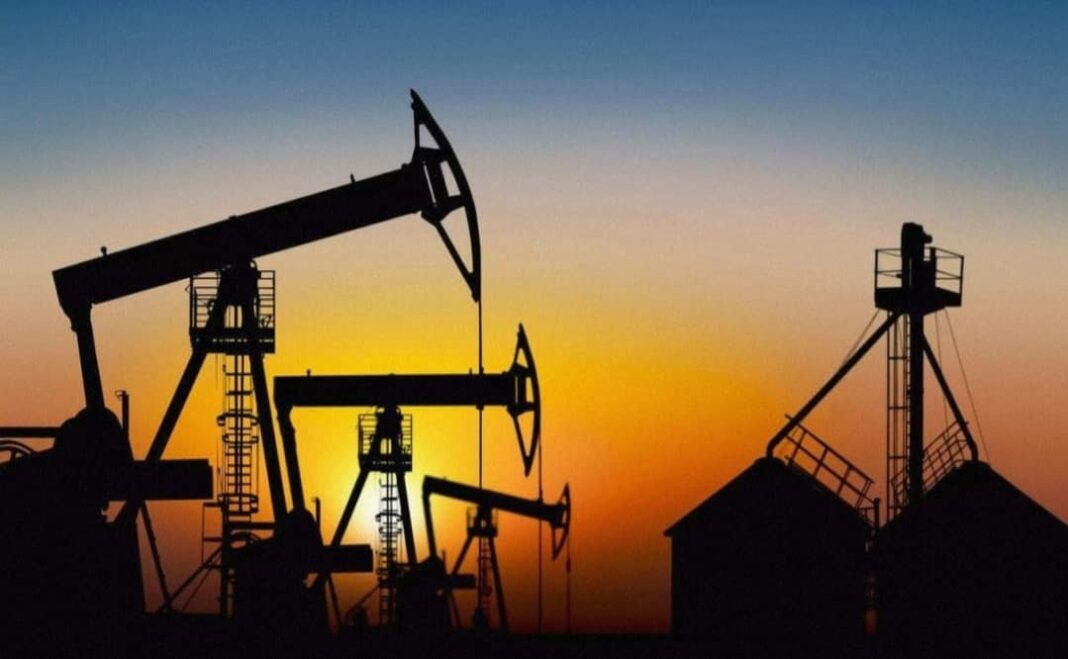June 23, 2025

Oil prices have on Monday risen to a five-month highs during early trading hours, as supply uncertainty increased following US airstrikes on Iran’s nuclear facilities in Fordo, Natanz and Isfahan.
International benchmark Brent crude rose to $76.22 per barrel at from $75.91 at the previous session’s close indicating a0.4% similarly US benchmark West Texas Intermediate (WTI) increased by about 0.5%, to trade at $74.08 per barrel as against $73.72 in the previous session.
According to US President Donald Trump, Iran’s key nuclear enrichment facilities had been utterly destroyed and warned that Tehran must pursue peace or face much more severe attacks in the future.
READ MORE; Israel Pounds Tehran With Unprecedented Strikes, Says Defence Minister
This developments have heightened concerns over potential disruptions of oil supply from that region heightening increased risk perceptions surrounding the Strait of Hormuz, a key chokepoint for global energy trade.
Iran’s parliament agreed to close the Strait of Hormuz on Sunday, waiting for a final decision from the Supreme National Security Council.
US Vice President J.D. Vance, in an interview with NBC, addressed the possibility of Iran taking action that would disrupt traffic in the Strait of Hormuz, noting that such a move would be “suicidal” for Tehran.
“If they want to destroy their own economy and cause disruptions in the world, I think that would be their decision,” he said.
READ MORE; Iran Votes to Close Strait of Hormuz Following U.S. Strikes on Nuclear Facilities
US Secretary of State, Marco Rubio, has also warned that any move by Tehran to close the Strait following the recent strikes would impact the entire world, including the US and China.
Rubio added that in the event of such an escalation, China should be the first to respond.
However, maritime traffic remains active in the Strait of Hormuz despite rising tensions following the US strike on Iran. The strait serves as a vital transit route for oil and liquefied natural gas (LNG) exports from the Middle East to global markets via the Arabian Sea and the Indian Ocean.




